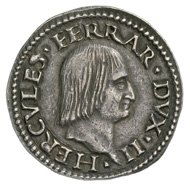Medieval Sicily Part 3: Arab Influence
The Arabs didn’t just rule Sicily. They had such an impact on its art and culture that this influence continued to have an effect long after the expulsion of the Muslim masters. This episode tells of what Europe owes to them.
















